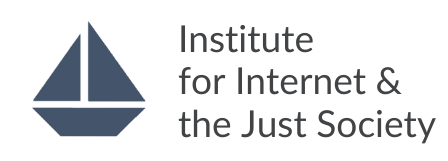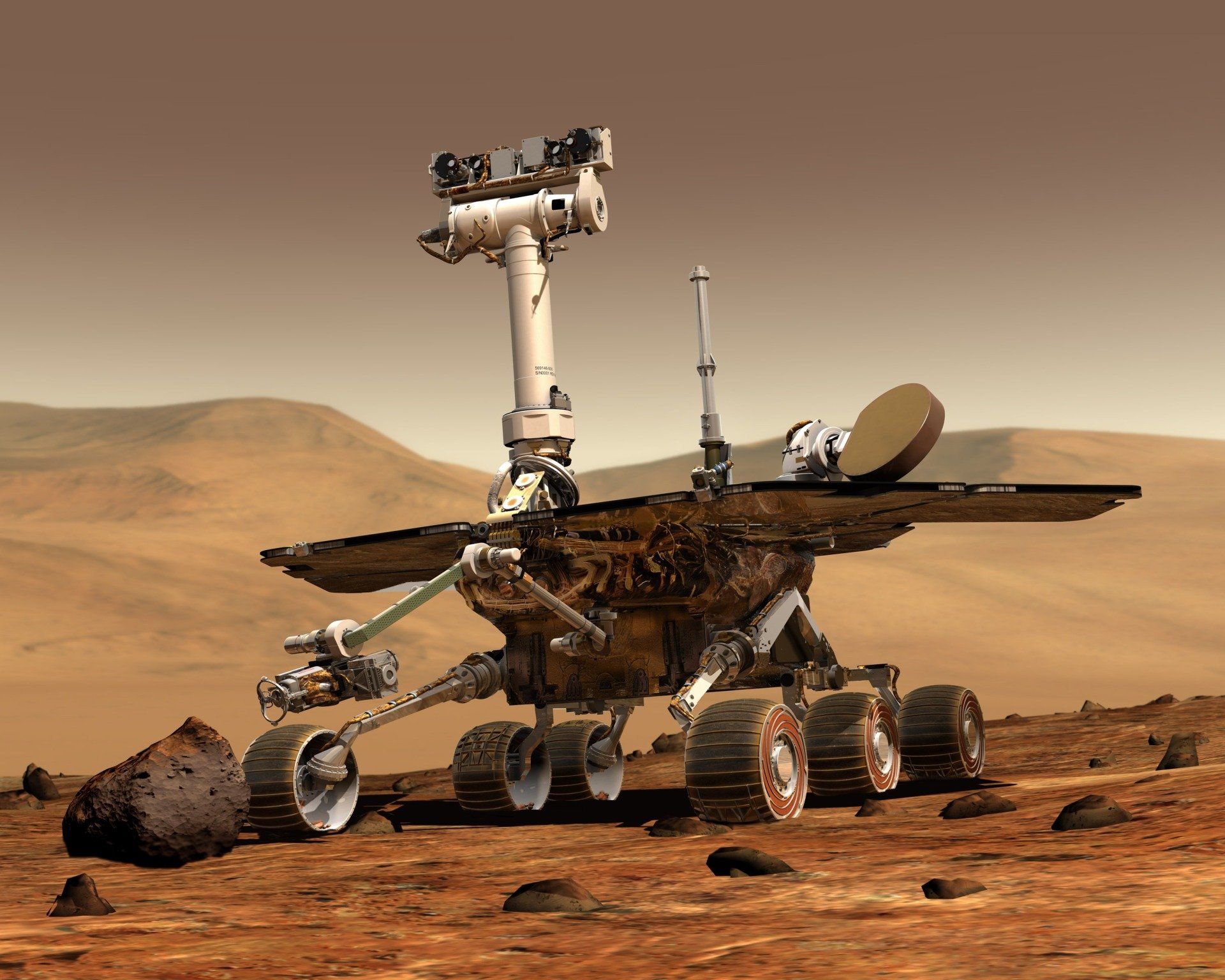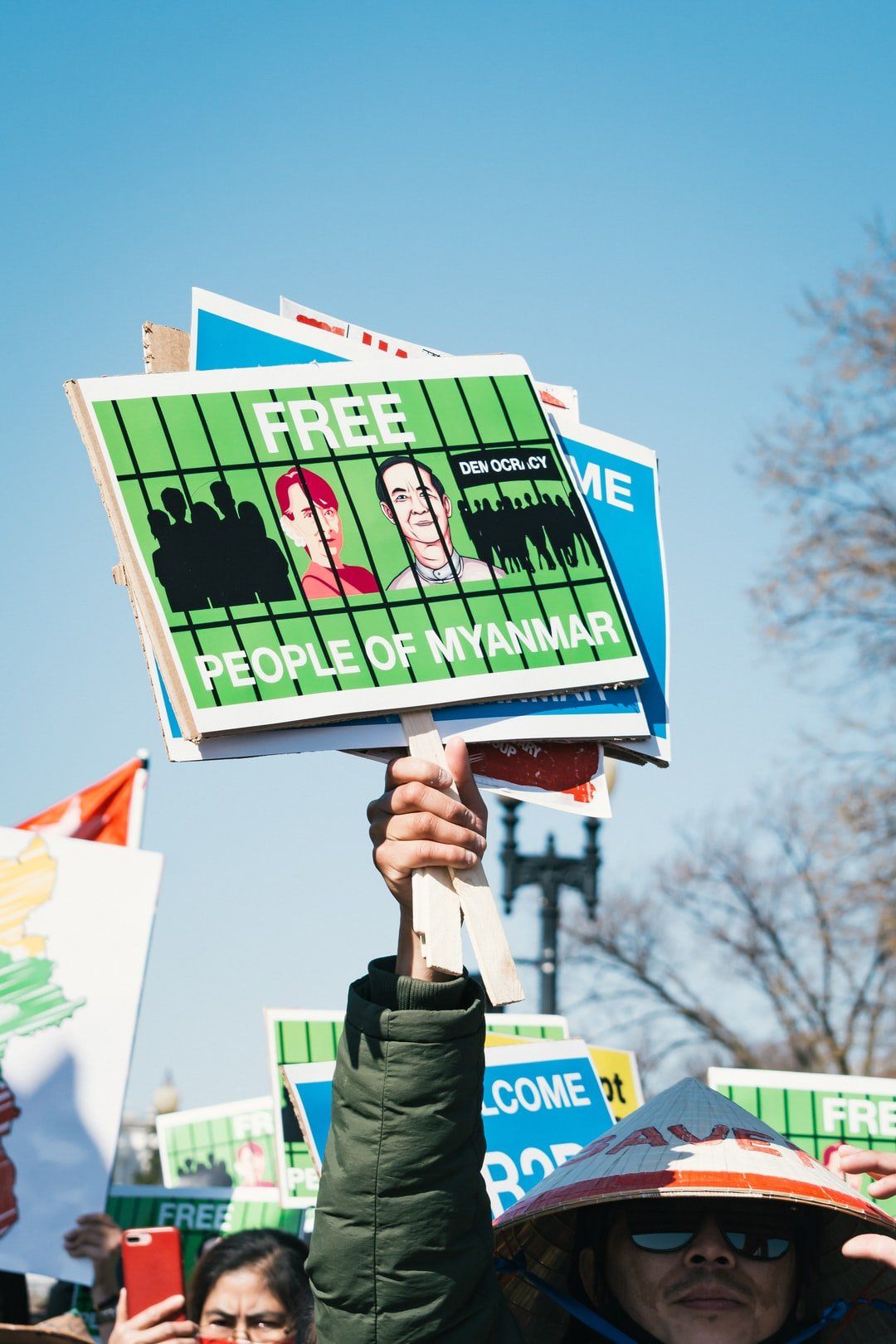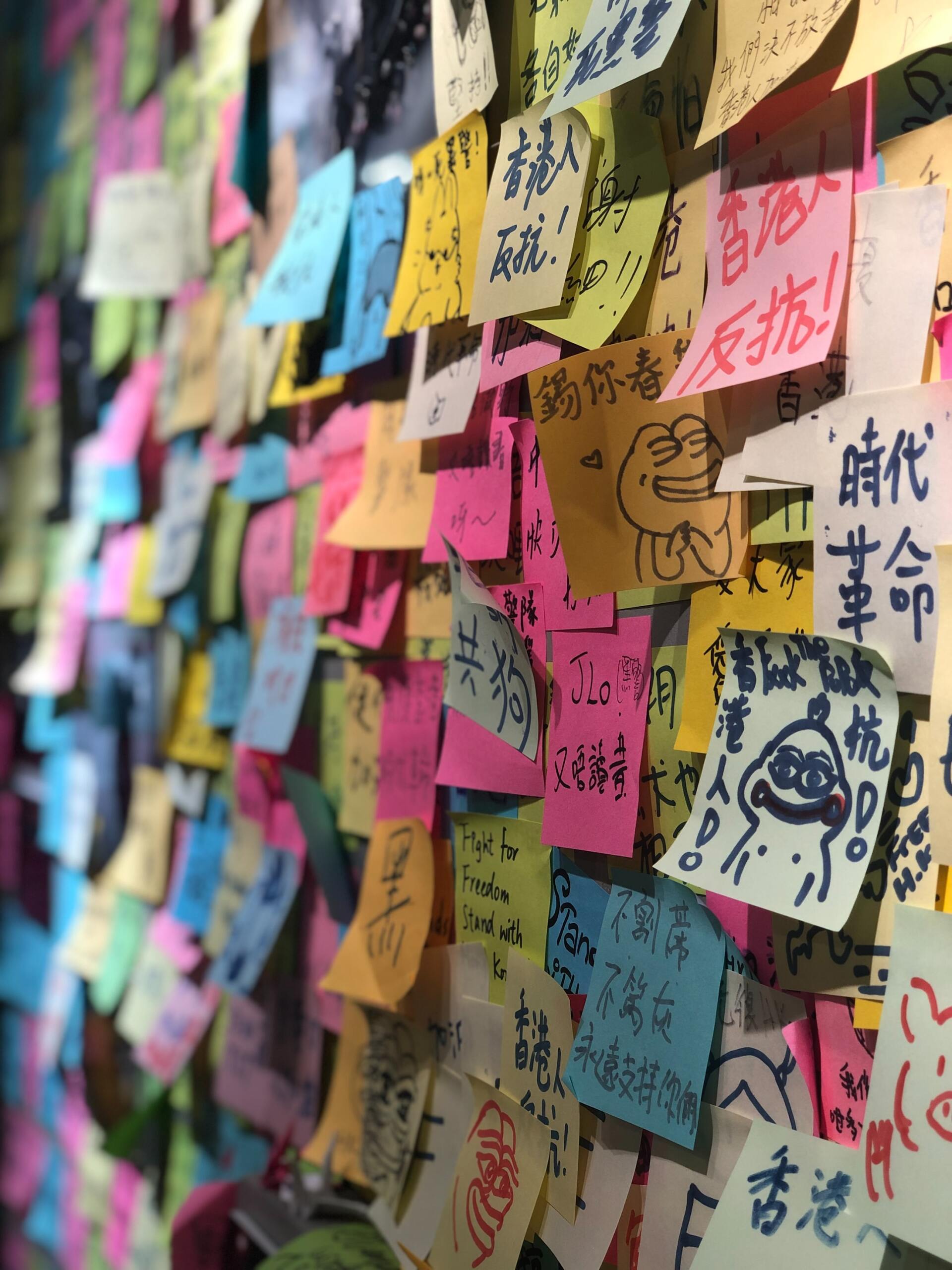DIGITAL ACTIVISM
When Technology Helps Promote Human Rights Awareness: The #MeToo Movement
This article is the first in a two-article series regarding the #MeToo Movement. The present text will bring forward both a brief context of the #MeToo Movement – gaining importance and reaching a wider audience through the tools of social media – as well as the relevant Human Rights provisions and context in which it is inserted.
By Julia Cirne Lima Weston
June 6, 2021
Usama Razzaq
The #MeToo Movement in Context
According to its official website, while the #MeToo Movement was actually founded in 2006, it was when the #MeToo hashtag went viral in 2017 that the issue and the movement spread worldwide “seemingly overnight”. This means that the internet and the use of hashtags within social media helped promote awareness of the theme to a much wider audience.
The #MeToo Movement was founded by Tarana Burke, an activist, who used the expression
‘Me Too’
in reference to
sexual violence and harassment suffered by women, specifically, by women of colour. The movement was Burke’s way to
help women
who had experienced the same violence as she did. With the global phenomenon of the #metoo hashtag, the movement was able to contact and connect a
worldwide network
of survivors within about six months. The movement continues to focus its work helping violence survivors of
diverse backgrounds. The movement has even contributed to a
change in legislation
within the United States.
The #MeToo Movement and International Law
This analysis starts from the standpoint that the movement did not originate in a vacuum and, indeed, interacts with other issues, such as International Law and International Affairs. The #MeToo Movement came into the global spotlight in a favourable international context: it clearly connects with the Sustainable Development Goals (SDGs). This United Nations-sponsored initiative seeks to promote 17 goals for development until 2030, one is of achieving gender equality (Goal Number 5). SDG 5, amongst other targets, includes a target to end discrimination against women and girls, as well as to eliminate all forms of violence against women and girls, both of which seem to be within the scope of the #MeToo Movement.
It is no surprise, equality amongst all human beings and non-discrimination are within the International Human Rights Law framework, which this article now moves on to analyse. The equality amongst human beings in dignity and rights is enshrined in the Universal Declaration of Human Rights (UDHR), and is followed by a provision of non-discrimination, which includes in its reasons, among others, that there shall be no discrimination on the basis of sex.
A similar provision to that of the UDHR is also included within the International Covenant for Civil and Political Rights (ICCPR). Within the ICCPR, there is a specific non-discrimination provision, which applies Covenant rights regardless of one’s sex. This is emphasised in the Human Rights Committee’s General Comment No. 28 - on the equality of rights between men and women, which recognises the issue of discrimination of women internationally. The same General Comment recalls the need for States to provide reports on violence against women, in order to assess compliance with prevention of inhuman treatment obligations.
Non-discrimination and the prevention of inhuman or degrading treatment are only some of the obligations imposed on States by international legal instruments, which would address the issue of violence against women. Another important one is that of the need to preserve the right to life. The ICCPR safeguards the right to life of all human beings. In this sense, General Comment No. 36 deepens the meaning of the right to life by saying:
“Femicide, which constitutes an extreme form of gender-based violence that is directed against girls and women, is a particularly grave form of assault on the right to life”.
The choice of this author of a wider focus on the ICCPR is due to its great number of State parties, with a current total of 173 signatories. This makes it a more widespread framework, due to which clearly the majority of States worldwide are obliged to safeguard certain rights, such as the prevention against inhuman treatment and safeguarding of the right to life without discrimination of any kind.
Additionally, there are soft law instruments which are also relevant for our discussion on the #MeToo Movement. The Declaration on the Elimination of Violence Against Women, within the General Assembly’s Resolution 48/104 of 20 December 1993, is a prime example of international recognition of the situation of women worldwide. The Declaration encompasses all kinds of violence against women and emphasises the need for States to condemn all of these forms of violence by, inter alia developing adequate legal sanctions, refraining from conducting such violence, among others. While soft law documents lack the binding force of treaties within International Law, they are important when it comes to the development and evolution of International Law.
As such, the #MeToo Movement, brought forward and expanded through the use of social media, is not an isolated phenomenon within the Human Rights universe. Since the UDHR, Human Rights instruments have emphasised the need for non-discrimination and the prevention of violence and inhuman treatment against individuals. With the advancement of these documents, through General Comments, we have reached a further consensus on the status of the disadvantage of women internationally and the need to preserve them from violence.
As a result, we have a further emphasis on the need to assess violence against women as addendums to the ICCPR, as well as a Declaration in this sense, obtained in the last few years in international fora. The advent of the SDGs further strengthens that the goal to prevent violence against women is yet to be achieved, and that new initiatives must be taken. The spread of movements such as #MeToo, consequently, fit right within these goals, as they are able to transmit experiences and a notion of the violence suffered daily by women and girls worldwide, to a larger audience.
Conclusion
While #MeToo has existed as a movement since 2006, it only managed to obtain the global audience that it currently has due to the spread of the #metoo hashtag. This is an undeniable contribution of technology, most specifically of social media, to the worldwide spread of awareness of the need to address violence against women and girls.
This article sought to address #MeToo not as an isolated phenomenon, but as something that interacts with the International Human Rights framework and can trigger important change, such as more concern from States regarding their own legislation. The subsequent article on this series will address some legal design issues within the #MeToo Movement. It will give some suggestions in order to reformulate it to best achieve its goals. Stay tuned to the Cosmonaut to see the end of this series on the #MeToo Movement!
Julia Cirne Lima Weston holds an LL.M in International Law from University College London and a Bachelors degree from the Pontifical University of Rio Grande do Sul, in Brazil. She currently serves as an editor and columnist at the Brazilian Institute for the Law of the Sea.
Read More
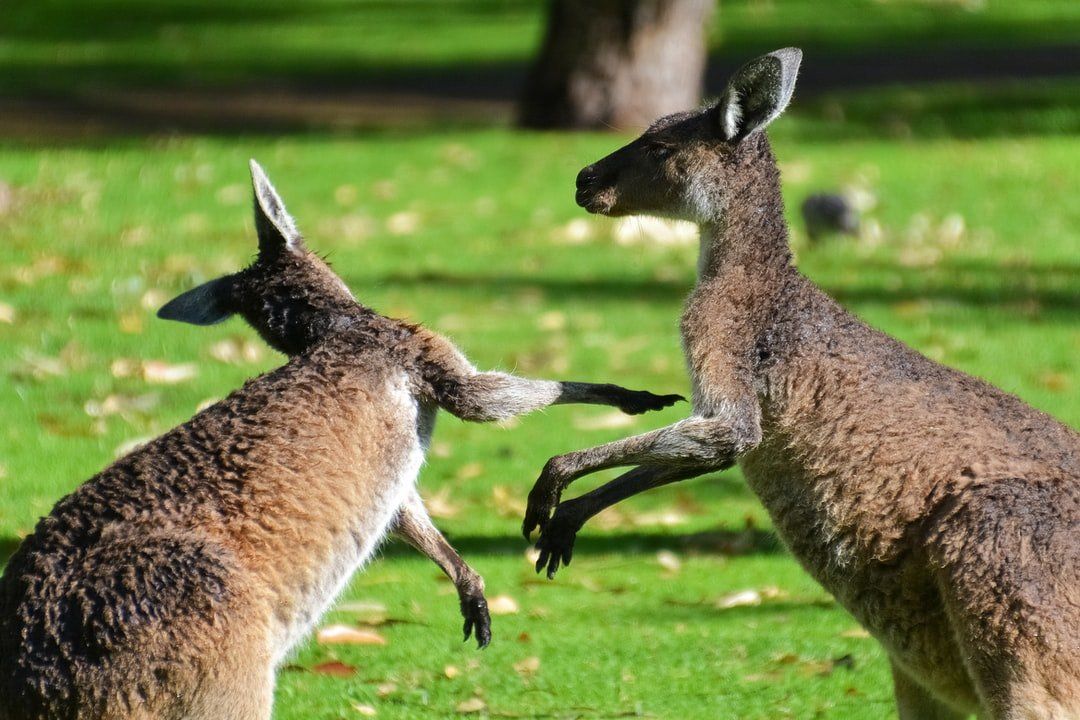
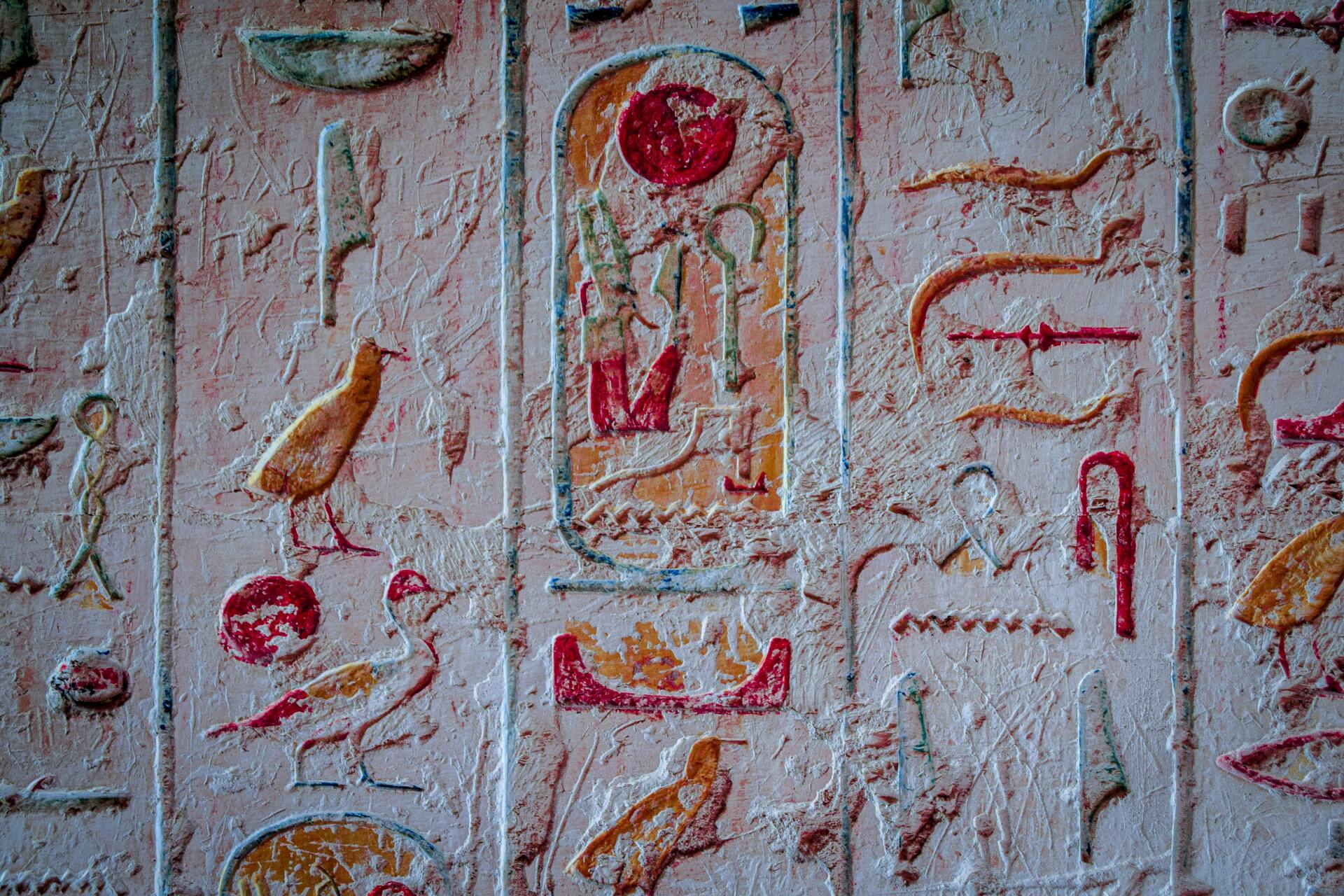
Watch Our Episodes
